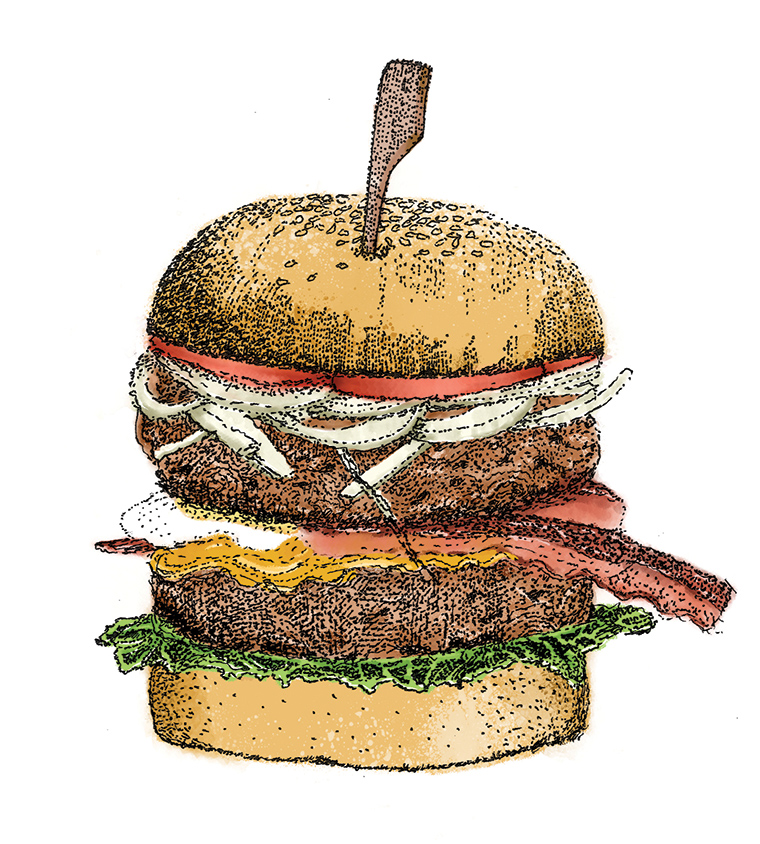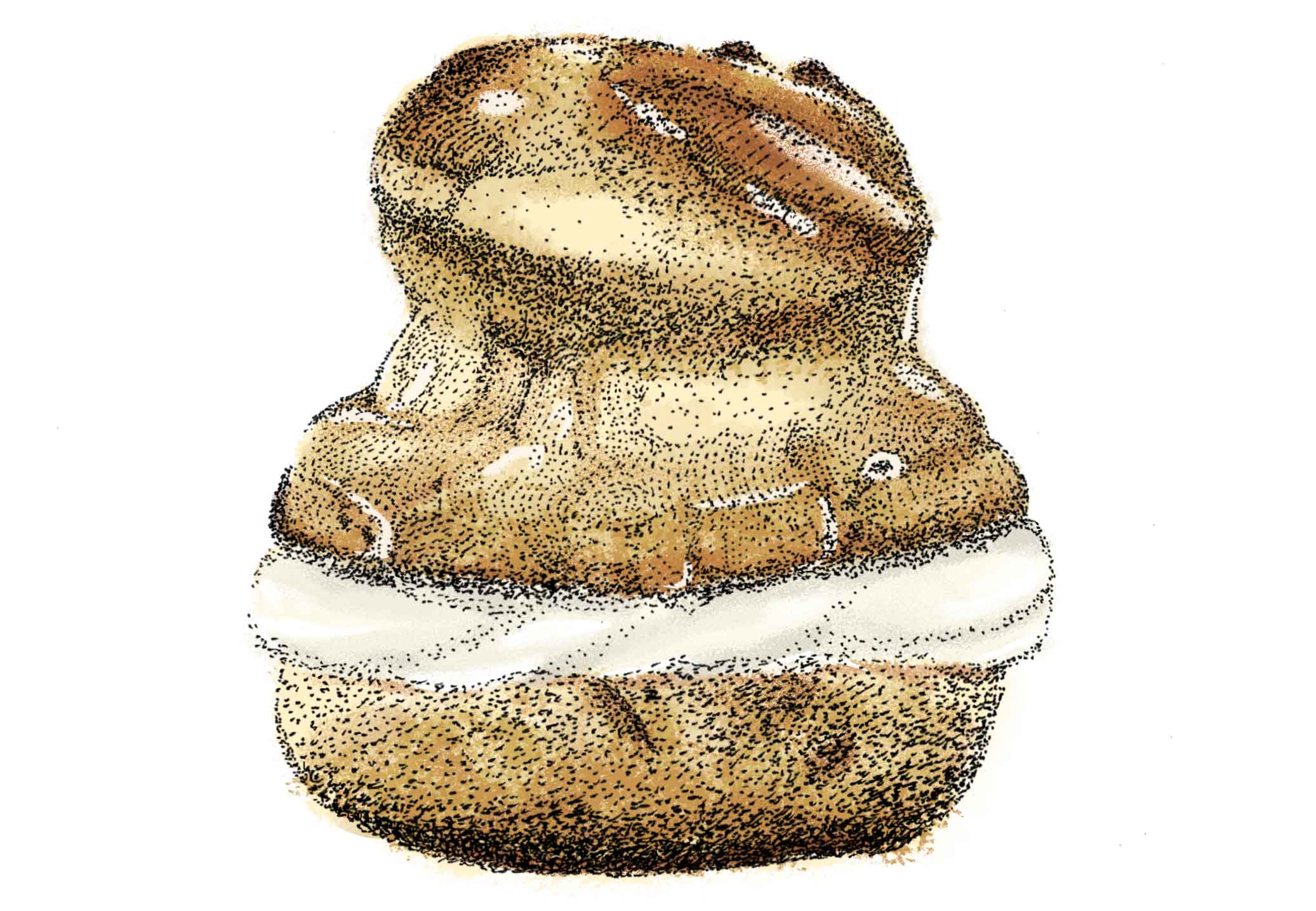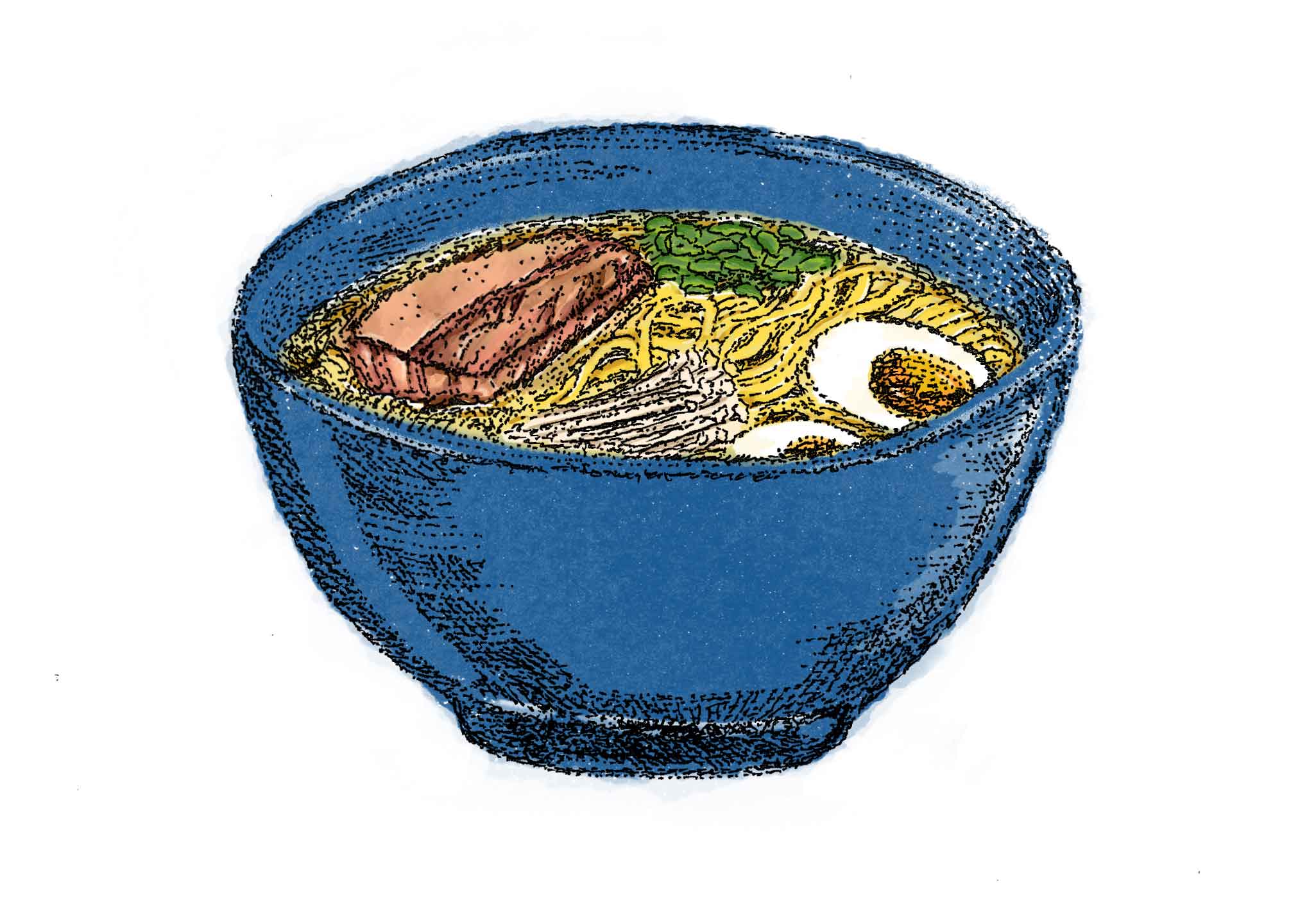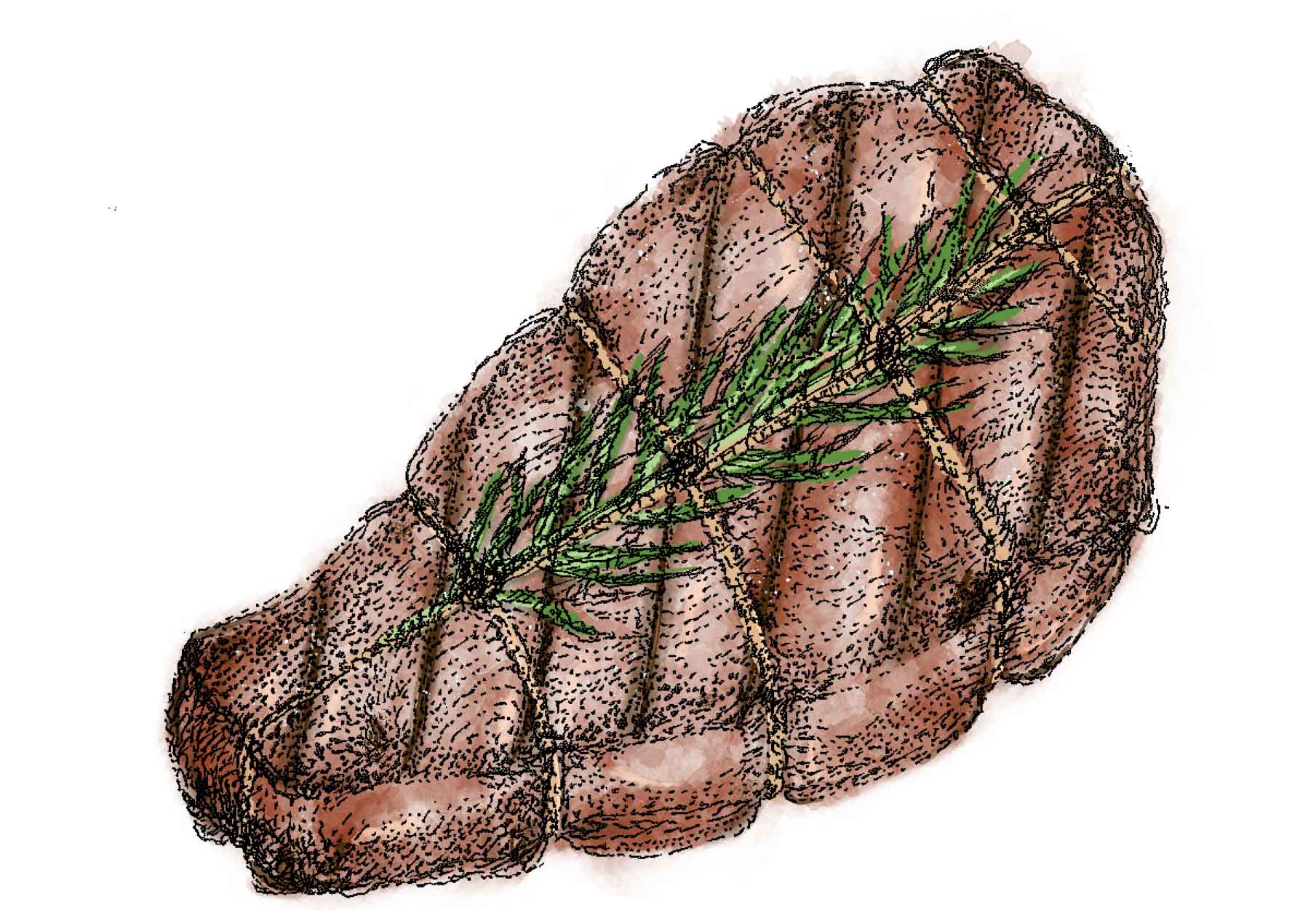Consumption of imported food products in Singapore is unavoidable, given the amount of food produced locally is inadequate. With such heavy dependence on imported food products, the country is regulated by strict government guidelines that ensure the safety and quality of food served and consumed here.
The lead agency for this is the statutory board Singapore Food Agency (SFA), which oversees food safety and security. SFA took over the food-related duties of Agri-Food and Veterinary Authority of Singapore (AVA), when the latter was dissolved in April 2019.
Other issues that deter people from consuming imported food, and most of them are complex. Foremost among these is ethical in nature. Studies support food with high "food miles" – those that have traveled long distances – have higher carbon footprint. Other studies counter this by pointing out that out-of-season local produce may have bigger carbon footprints than imported in-season ones.
After all, it is not only food mileage that contributes to carbon footprint. Processing, procurement and storage of food, both local or imported, directly affect the carbon footprint. How the food is grown is another major contributing factor.
A study published in the Proceedings of the National Academy of Sciences of the United States of America (PNAS) has quantified greenhouse gases emitted by the production of a kilogram of protein from animals. It revealed that chicken releases the least greenhouse gases, followed by pork, and finally beef.
This is to say nothing of food waste management. “Food contains a lot of water and incinerating them, as Singapore does to its solid wastes, consumes more power compared to others,” says SG Food Rescue co-founder Mr. Daniel Tay.
We look at different everyday treats, track down their probable origins and mileage, and discover other facts about them. Surprisingly, the lesson we take from this predates raging debates about food and carbon footprint: Moderation is key.
Common Ingredients: Ground Beef, Eggs, Bread, Bacon
Bacon is a pork cut mostly from the hog’s belly or back; it is cured with salt and dried or smoked, often in thin strips.
Bacon varieties include flitch or side of bacon – salted and cured abdominal wall of a side of pork, gammon – hind portion of a side of bacon, and Canadian – boned strip of a cured loin.
American food company Impossible Foods created the Impossible Burger comprising protein, fat, binders, and flavor. The patty of the said concoction is made up of soy and potato proteins. The original is said to smell and tastes like beef patty that it even ‘bleeds’.
Aka cream puff, chou a la crème
Common Ingredients: Butter, Flour, Cream, Eggs
Cream is the fatty component of unhomogenized milk that is commercially extracted by centrifugation.
Butter is a milk by-product created by agitating or churning cream to separate the oily globules.
Each consignment of fresh eggs imported into Singapore must be derived from a single farm from approved countries and farms.
Imported flour and starch sold in Singapore are submitted to an accredited laboratory to test for aflatoxins and chemical preservatives such as benzoic acid, sulphur dioxide and potassium bromate.
Common ingredients: Cream, Sugar, Gelatin, Eggs, Flavoring
Gelatin is a brittle formed by boiling specially prepared skin, bones, and connective tissues of animals.
Raw liquid milk is not allowed to be imported to Singapore.
Extracted sugarcane juice goes through six different processes, including boiling the juice into crystals, spinning the crystals to remove liquid, refining raw sugar to remove impurities, melting raw sugar to produce sugar syrup, crystalizing the sugar syrup, and drying the sugar crystals.
Most refined sugar in Singapore are imported from Malaysia and the Philippines.
Common Ingredients: Wheat ‘Pulled’ Noodles, Pork, Eggs, Miso, Seaweed,
Pork in Singapore are imported from Brazil, Indonesia, The Netherlands, Australia, US.
The Japanese word ramen and the Chinese word lamian both meaning ‘to pull’ – the process that gives the noodle a springy texture.
Ramen has many regional variations, including different broth base, ingredients, and toppings.
Historical claims ramen was introduced to Japan in the mid 17th century.
Among the popular flavors of ramen are Tonkotsu (pork bone), Shoyu (soya sauce), Shio (salt), Miso (fermented soybeans), and Kare (curry).
Nori, a popular ramen topping, is an edible dried preparation of the red algae of the genus Porphyra.
Common Ingredients: Scotch (Beef) Fillet, Salt, Pepper, Rosemary
Most beef in Singapore come from Australia, New Zealand, and Brazil.
Animal-based food has bigger carbon footprint than plant-based ones.
Raising cows for beef requires more grazing land and water than growing chickens and pigs.
Cows methane, a greenhouse gas, into the air.
Rosemary, an aromatic herb, belongs to the mint family. Mints produce a chemical that gives it its strong aromatic flavor. This chemical reaction is triggered, for instance, when the plant is under attack by predators, according to Prof. Michael S. Strano, co-lead principal investigator of DiSTAP, SMART, MIT’s research enterprise in Singapore, and Carbon P. Dubbs Professor at MIT. This finding supports the idea that plants raised in unnaturally safe and protected environments tend to be bland.















 Back
Back
